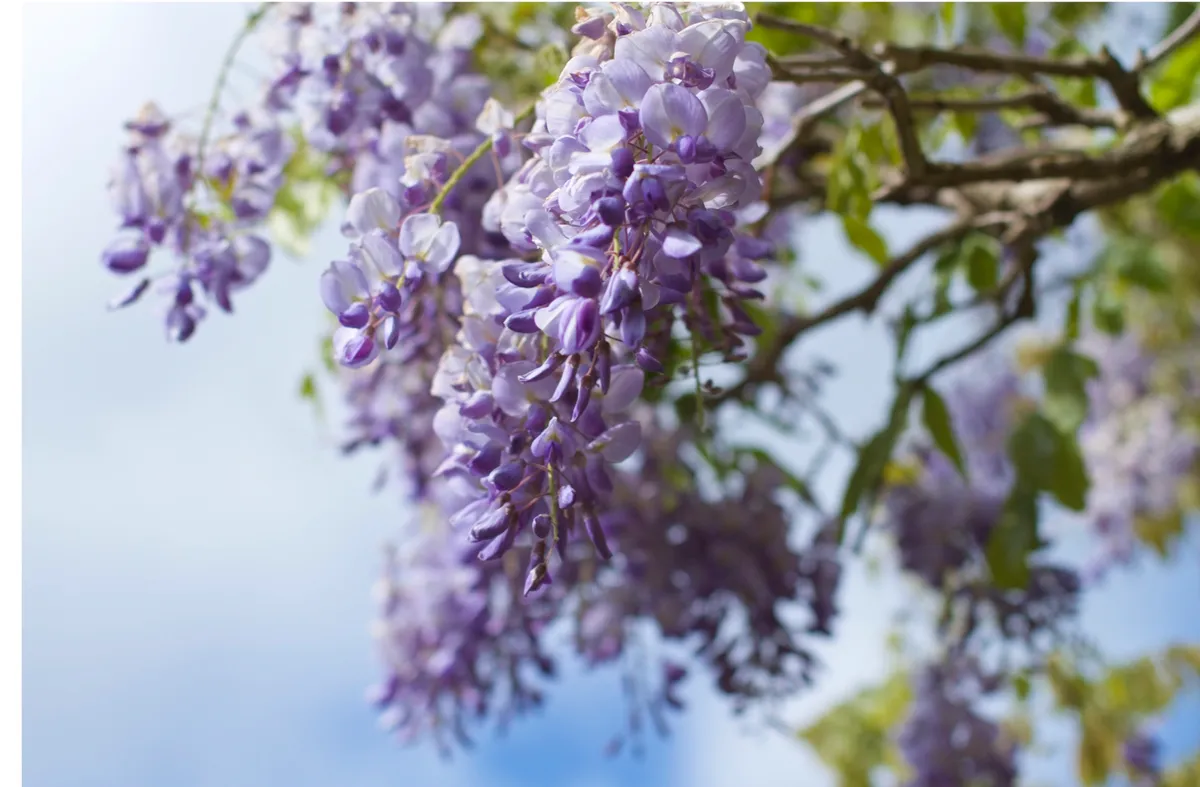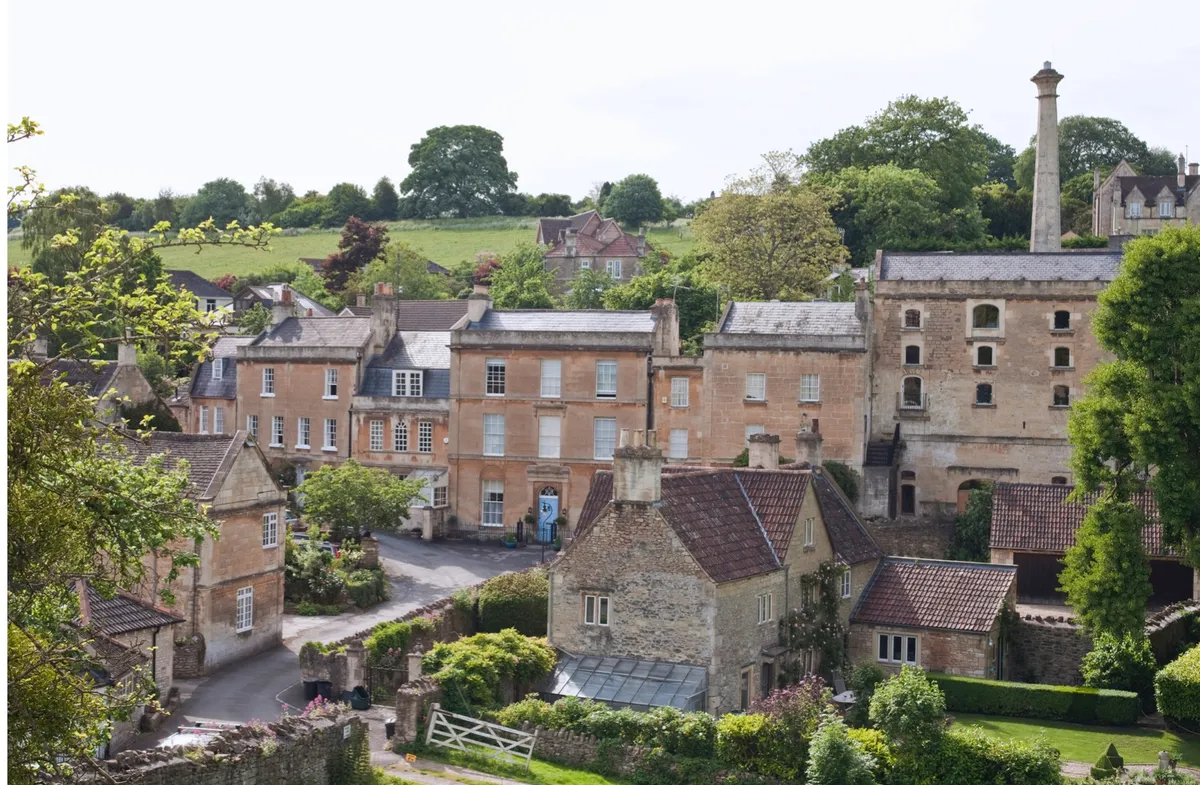On the Somerset and Wiltshire border, the pretty River Frome runs through the secluded Iford valley, bound on each side by steep woodland, buttercup-filled meadows and hedge-lined pasture.
It was here, on a south-facing slope surrounding a Grade I Georgian manor, that Harold Ainsworth Peto, architect-turned-landscape gardener, chose to create his Italianate garden in 1899.

You are greeted by a stone statue of Britannia who stands majestically on the bridge that spans the shallow river. Behind the medieval house with its 18th-century façade is a fantastic, twisted wisteria, planted by Peto all those years ago. In early June, its billowy lilac racemes still fall in fragrant curtains from its tangled grey branches. Swifts cut through the sky and, sprouting from every nook and cranny, wild valerian and self-seeded erigeron daisies flourish.
Managing nature
Step inside the garden in summer and it’s easy to think you are in Tuscany. Blue irises with furry tongues thrive in the shallow stone terraces. Rare bronze and stone statues, urns and architectural finds from Peto’s grand tour of Italy take pride of place among formal walkways and loggias. And yet surrounding all this structure, abundant wild flora abounds. Wild martagon lilies are naturalised in the long grass near the cloisters; self-sown poppies grow hither and thither; and at its edges the garden seems to flow seamlessly into the wilderness of the woodlands beyond.

This marriage of the natural with the managed was at the heart of Peto’s gardening approach, inspired and respected by contemporary William Robinson, author of the still-popular book The Wild Garden. Both revered the naturalistic forms and abundant feel that native plants can bring to a garden – and with them habitat and food for the wildlife.
Dusk delight
Come in midsummer and the orchard’s flower meadows dance with butterflies, while the estate barns provide a nationally important summer roost for greater horseshoe bats. Book an evening opera performance – part of the Iford Arts summer calendar – and arrive with your picnic at dusk to see these rare creatures emerging to feed.
Iford Manor is easily accessible by train from Freshford. From the small station, it’s a gentle one-hour walk along the river, through woodland and water meadows to the garden.

Continue on to Avoncliff, with pub and train halt, or return in a loop along the quiet lane back to Freshford, stopping for refreshments at The Inn. Or extend your walk and visit the castle ruins at Farleigh Hungerford, home to Britain’s oldest surviving river-swimming club.
Now visit
Iford Manor is open from Wednesday to Sunday, April-September (£6 for adults). Find out more here: www.ifordmanor.co.uk
Main image ©Alamy
